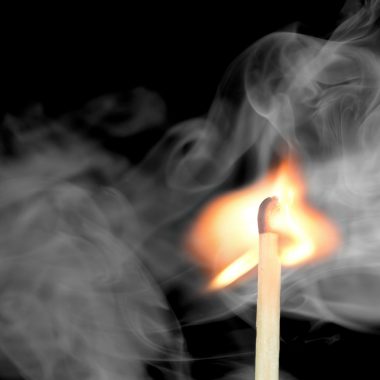90% of GPs at ‘high risk’ of burnout, major report finds

Nearly nine out of 10 GP partners are at high or very high risk of burnout, according to a BMA report on mental health in the sector.
GPs were the second most likely group of respondents in a survey of 4,300 doctors and medical students with a ’high’ or ’very high’ risk of burnout – behind junior doctors. Overall, 80% of all doctors were at ’high’ or ’very high’ risk.
Burnout, characterised by overwhelming exhaustion, depersonalisation and reduced personal efficiency, is largely driven by exhaustion rather than disengagement from the job, the report said.
It also revealed that 27% of doctors have been diagnosed with a mental health condition. Rates were highest among the youngest respondents, and sessional GPs, SAS doctors and junior doctors were particularly affected.
Respondents who worked more than 51 hours in a week were most likely to be at risk of burnout, but those who reported a mental health diagnosis were more likely to work 20-30 hours a week. The BMA suggested this might be because those doctors are more likely to start working fewer hours.
Women (19.7%) were more likely to have been diagnosed in the last 12 months than men (16.8%), and more women who suffer from an emotional or psychological condition (40%) said it affects their work than men who suffer from the same conditions (38.8%).
In total, 90% of respondents said their working, training or studying environment has contributed to their condition.
Professor Dinesh Bhugra, BMA president and professor of mental health at Kings College, London, said: ’While there is no denying that being a doctor is a challenging and demanding role, too often the line of what can be considered routine pressures of the job has most definitely been crossed and the consequence is a workforce that has been pushed to literal breaking point.
’As well as focusing on addressing the immediate pressures which are negatively impacting doctors, such as long working hours, unmanageable workloads and rota gaps, we need to see a wider cultural shift that addresses this stigma that currently inhibits doctors seeking help and ensures that support is publicised and readily available for those who do so.’
According to the report, less than half of respondents have been offered support, while more than 40% of respondents have asked for support but not received it. Just over half of those who received support said it partly met their expectations, while 13% said it did not meet their expectations at all.
Dr Thomas Kitchen, an anaesthetist specialist trainee, who works at Health Education and Improvement Wales, said: “Given their backgrounds and exposure to certain education systems and culture, many doctors and medical students can often feel a deep aversion to “failing” and perhaps can’t even perceive what failure would really mean or look like.
’Sadly, but inevitably in this job, particularly given the current pressures, not everything goes the way you would like or plan, even when you have done everything right. How we manage ourselves in the face of our perceived failings can add a unique pressure on top of already challenging situations. We need to be kinder to ourselves.’









